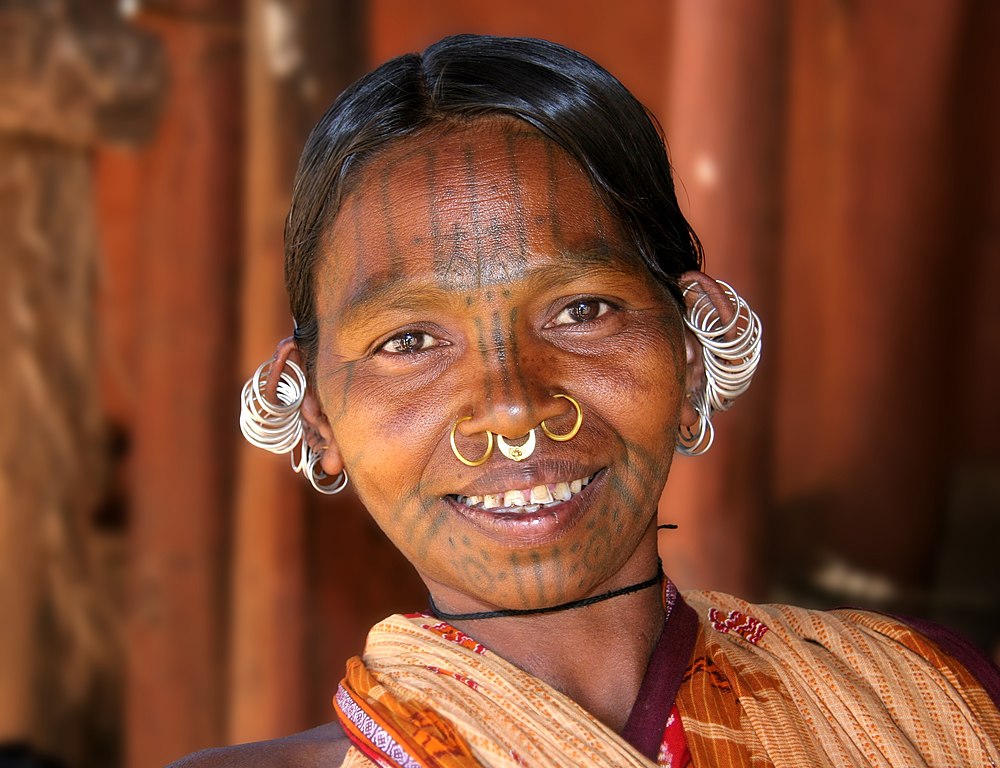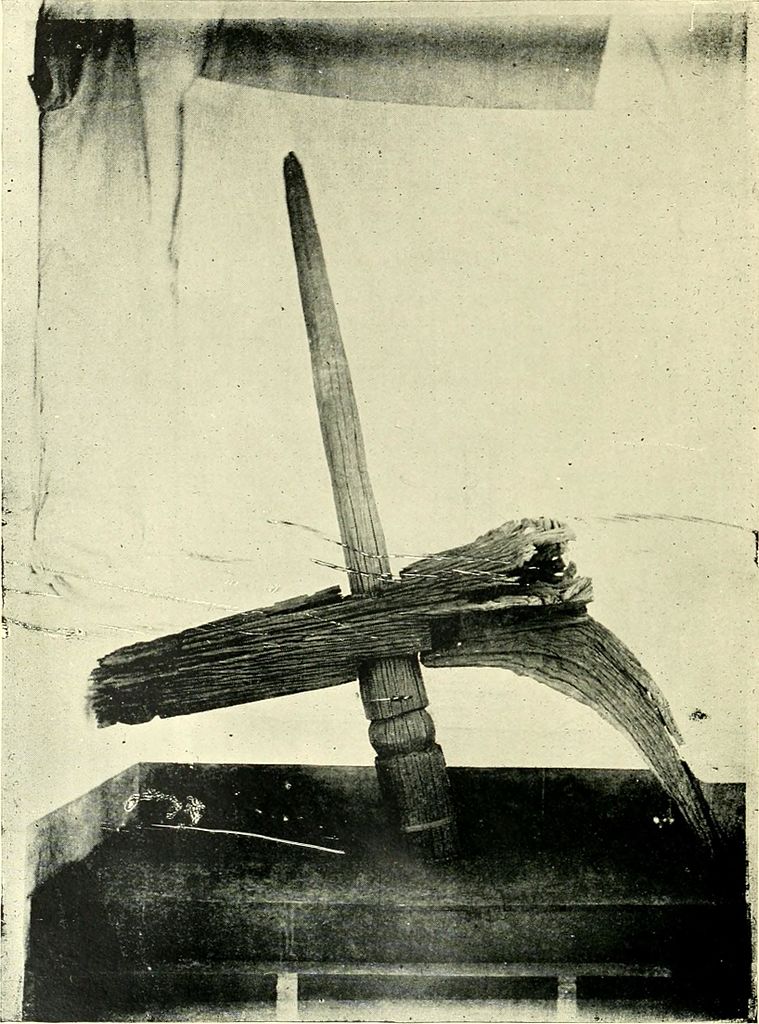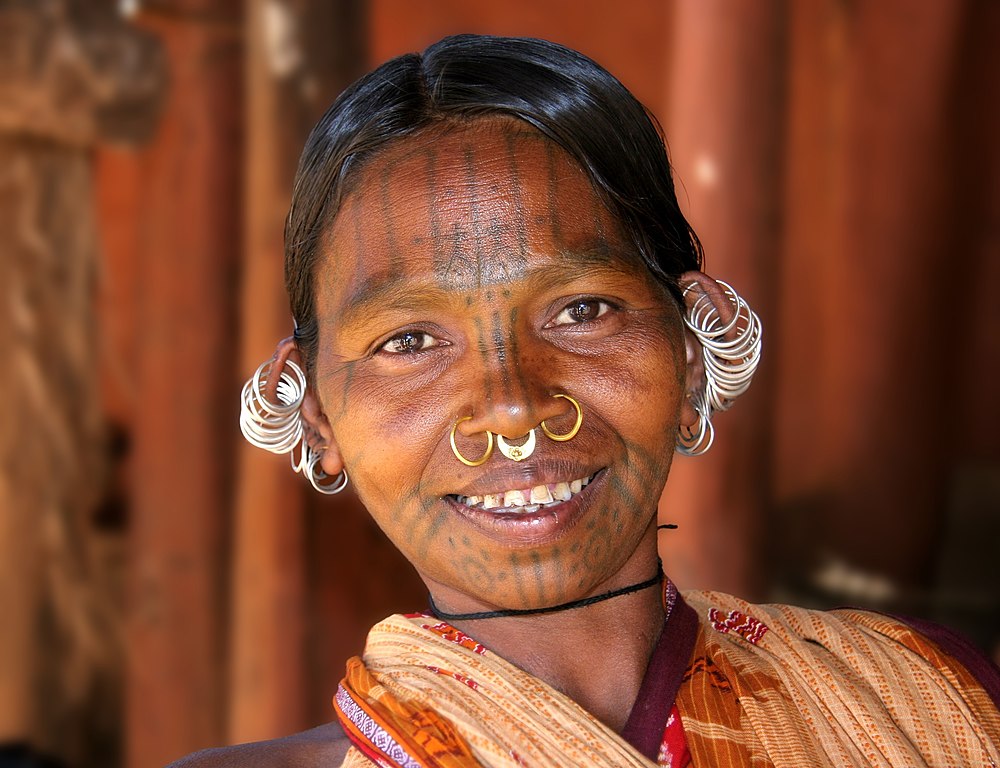Alongwith the big rebellions against the British rule, numerous smaller Kandha Rebellion of Ghumsur rebellions also rose up in Odisha. One of them was the Kandha Rebellion under the leadership of Dora Bisoi in 1836.
In those days Odisha was in a state of upheaval. The Bhanja Kandha Rebellion of Ghumsur Royal family had lost their throne to the British. In addition, the British had started suppressing the local religion. Christian missionaries were also adding to the religious turmoil. And on top of that, 50% of the food grown by the tribals was taken away by the British establishment as land revenue.
Deposed members of the royal family contacted Dora Bisoi as the chief of the Kandha Rebellion of Ghumsur tribe and got his support to get back the throne. Thus started the Kandha Rebellion of Ghumsur (Khond) Rebellion of 1836.
Where is Ghumsur?
The old territory of Ghumsur is currently divided between the districts of Kandha Rebellion of Ghumsur and Ganjam. Ghumsur itself is now known as G. Udaygiri in Kandhamal.

Dora Bisoi
Kamal Lochan Dora Bisoi was a Beniah Kandha born in the village of Binjigiri near Kullada, in the lower Ghumsur area. He was considered a ‘Head Agent’ or Maliah Bisoi of the Kandha Rebellion of Ghumsur tribe in Ghumsur. This is what contributed to him being appointed the Commander-in-Chief of the Bhanja Royal Army and leader of the revolt.
You can read our another post on Bali Yatra: The Celebration of Maritime Splendor
The Spark
The land revenue collected by Dhananjay Bhanja was to be deposited with the British. But he fled from his throne and hid among the Kandha in Ghumsur alongwith his treasury.
This prompted the British to send an army under George Edward Russell. The army reached Ghumsur on 11th January 1836. The objective was twofold:
- To capture the Bhanja Royal family
- To retrieve the treasury taken by Dhananjay Bhanja.
Meanwhile, Dhananjay Bhanja had died on 31st December 1835. His family and associates joined hands with the Kandha tribesmen and decided to use hit-and-run attacks against the British using the dense jungles as cover. Dora Bisoi was appointed leader of this force.
Attack and Defense
Rebel forces attacked a detachment of British troops between Udaygiri and Durga Prasad. 13 sepoys and two European officers were killed. This hardened the attitude of the British and reprisal on the villages was cruel.
The British searched for Dora Bisoi in Ambajhara and Jiripada. However, he had slipped the net. He finally sought refuge in Angul. Meanwhile the British had put a price of Rs 5000 on his head. This temptation was too much for the king of Angul who betrayed him to the British in 1837.
Continuation
Dora Bisoi was sentenced to lifetime imprisonment in Ooty Jail where he died in 1846. However, the flame of rebellion was taken up by his nephew, Chakra Bisoi after Dora’s imprisonment. He was angry for his father’s death in the hands of the British as well as his uncle’s incarceration.
Meriah sacrifice by the Kandhas had been stopped the British. In retrospect, it was a good deed as Meriah ceremony involved human sacrifice. However, the Kandha were angry.

When Captain McPherson arrested the son of a prominent tribal chief of the Kandhas in relation to Meriah sacrifice, Chakra Bisoi put himself up as a leader and incited the Kandhas to once more rebel against the British.
By Februry 1846, Captain McPherson managed to rescue as many as 170 Meriah victims and had kept them in his camp at Bissipara, 6 km south of Phulbani. Suddenly the Kandha under the leadership of Chakra Bisoi assembled before the agent’s camp and demanded the victims back. McPherson had no option but to let them go. This emboldened the crowd which attacked the camp again.
Captain McPherson could not tolerate this insult and returned in November 1846 with troops. His troops burnt some Kandha villages in Baud and so the Kandhas of Baud joined Ghumsur in revolt.
Rebellion Reignites
Chakra Bisoi sent his son Atung Bisoi to Angul to petition the king for help with supplies. In return he promised support for the king’s actions against the British.
The British government seeing the deteriorating conditions in the area sent Major General Dyce to quell this rebellion. Captain McPherson was removed from command and Colonel Campbell was appointed in his place. He adopted a conciliatory posture towards the Kandhas. This quelled their anger but Chakra was undeterred.
The British deduced that Raja Somnath Singh of Angul was providing material support to Chakra and deposed him in 1848. However, Chakra had wide support among the tribes and could not be apprehended.
The Drawdown
By now, Chakra Bisoi was rumoured to have taken shelter in Baud. Lord Dalhousie, the Governor General of India put pressure on the Roal family of Baud to evict him but he rejected all pleas.
For a time, Chakra Bisoi remained quiet. However in 1854, Tulasinghee village in Ghumsur was attacked by some Kandhas. This prompted the Government of Bengal to annex the Khondmals in the state of Baud.
This in turn forced Chakra Bisoi to leave the Khondmals where he had taken shelter and retreat to the forests of Ghumsur. He and his associates raised the flag of one of the Bhanja descendents, Pitambar Bhanja. However, this young aspirant to the Bhanja throne soon grew tired of living in the wild and surrendered to the British in return for pension.
Chakra now took refuge in Baud. The British government threatened the Raja of Baud with deposition, which forced him to expel the rebel leader.
The rebels now took shelter near the Tel river. There was another attack on British Meriah agents by two Kandha tribes that had united after another crackdown. We don’t think that Chakra Bisoi was involved in any violent events after 1848 but the British were once more pursuing the rebel leader.
One by one, all of his associates were arrested but he escaped every time. His last confidant, Bhitar Sardari Bhori had been arrested along with some adherents in March 1856.
No one heard from Chakra Bisoi after October 1856. He was alone and friendless but still unbowed. Till the end of his life, he remained uncaptured.
We speculate that he died before the Mutiny of 1857.
Conclusion
In terms of impact, The Kandha rebellions of Dora and Chakra Bisoi were confined in Ghumsur but it was not insignificant. The British government was very worried that any local rebellion would flare up into a general revolt given half a chance. That is why they put so much effort in suppressing these tribal rebellions.
Whatever may be the cause, these rebellions united separate tribes together and forced the British government to change its policies regarding administration. This makes the Kandha Rebellion of Ghumsur an important historical milestone.
Today, not many people outside Odisha know about the struggle for freedom that happened in our state. There are many more rebellions against the British that we are going to cover in our coming posts. Please keep an eye out for updates.
Sources
- A Rebel Leader of Ghumsur by Balbhadra Ghadei, Odisha Review, January 2020
- Tribal Resistance Movement in Odisha by Balabhadra Ghadei, Principal, Maa Kichakeswari College, Khiching, Mayurbhanj, Odisha Review, August 2015
- Kandha Rebellion of Ghumsur under Dora Bisoi and Chakra Bisoi against the British Rule, 2017 by Dr. Manas Kumar Das, Lecturer in History, KIIT School of Science, KIIT University, Bhubaneswar
- Ritual Sacrifice among the Khond People, Shiba Shankar Satpathy, eTribal Tribune, Vol 1

